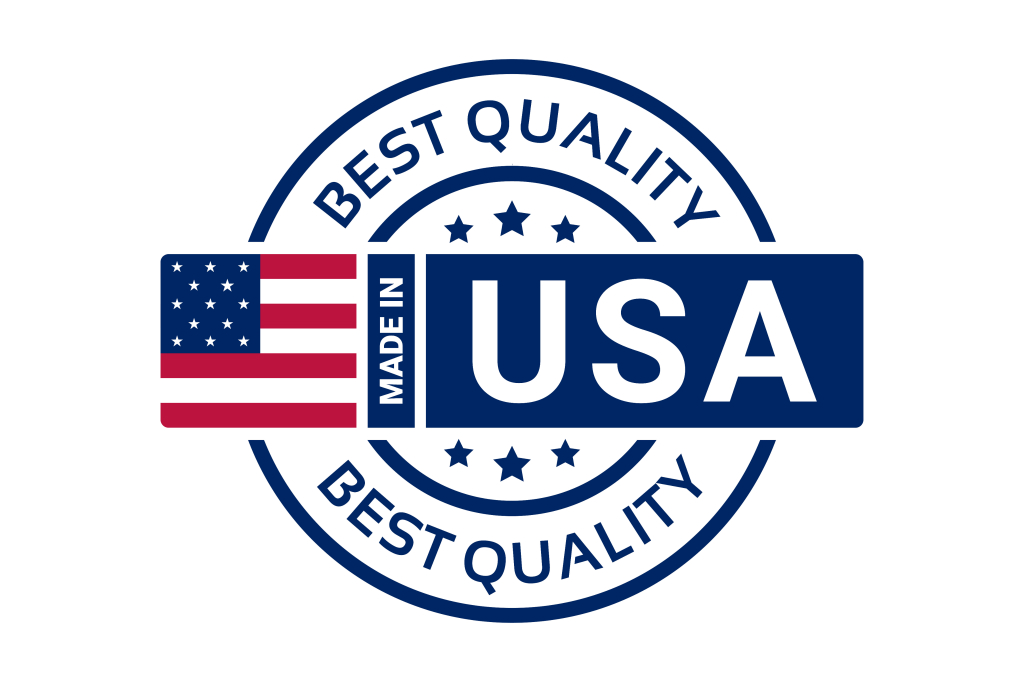
1950 The Beginnings
In the 1950s, the computing industry was in its early stages, and with it, the concept of software quality began to take shape. The first computing systems, such as UNIVAC and IBM 701, were large and expensive machines used primarily by the government and large corporations. During this time, the main concern was ensuring that the software functioned correctly, as errors could result in costly failures and downtime. Testing was manual and mainly performed by the same developers who wrote the code. Debugging was the primary focus, and there was no formal methodology for software testing.
1960 Early Forms of Structured Testing
With the rise of structured programming, there was an increased emphasis on the need for more disciplined practices for software development and testing. This period marked the introduction of systematic verification and validation techniques. The first forms of structured testing began to be used, including white-box testing, which analyzed the internal structure of the code and ensured that all possible paths were executed at least once.
1970 Formal Inspections
One of the most significant contributions in the 1970s was the introduction of formal software inspections by Michael Fagan at IBM in 1976. This peer review method structured the process in which developers reviewed each other’s work to identify defects in the early stages of development. Formal inspections included specific phases such as planning, inspection meetings, correction, and follow-up, significantly improving the ability to detect and correct errors before they reached later stages of the development lifecycle. In addition to white-box testing, black-box testing, which focused on software specifications and requirements by testing inputs and outputs without considering the internal structure, was also included.
1980 Quality Management
The 1980s marked a significant advancement in the formalization of software quality processes with the introduction of the Capability Maturity Model (CMM) by the Software Engineering Institute (SEI) in 1987 and the publication of the first edition of the ISO 9000 standard in 1986. The CMM provided a structured framework for evaluating and improving software development processes, identifying five levels of maturity from initial and chaotic processes to optimized and repeatable processes. Simultaneously, ISO 9000 established a set of standards for quality management in various industries, including software, promoting the adoption of systematic and consistent practices to ensure products and services met customer requirements and applicable regulations.
The emergence of test automation tools allowed for greater efficiency and coverage in software testing. Tools like WinRunner (introduced by Mercury Interactive in 1989) offered capabilities to automate the execution of functional and regression tests. Automation enabled QA teams to perform more thorough and repeatable testing, reducing the time and effort required to identify and correct defects.
Structured development methodologies, such as the waterfall model, began to be adopted for project management. This model divided software development into clearly defined phases: requirements, design, implementation, testing, deployment, and maintenance. Each phase had to be completed before moving on to the next, facilitating the management and control of the development process.
American universities began offering courses and specialized programs in software engineering and quality management.
1990 Unit and Security Testing
In response to the limitations of the waterfall model, agile methodologies began to be adopted to emphasize flexibility, collaboration, and the continuous delivery of functional software. Agile development promoted short iterations, constant feedback, and the ability to quickly adapt to changes in customer requirements. Although the Agile Manifesto would be formalized in 2001, the roots of these approaches were already taking shape during this decade with methods like Scrum and Extreme Programming (XP).
The adoption of test automation tools allowed organizations to increase the efficiency and coverage of their tests. JUnit, introduced in 1997, facilitated the writing of automated unit tests in Java, promoting test-driven development (TDD).
In 1991, the Software Engineering Institute (SEI) published the Capability Maturity Model for Software (SW-CMM), based on the earlier versions of CMM introduced in the 1980s. The ISO 9001 standard, updated in 1994, became a widely adopted standard for quality management in the software industry.
Software security began to receive greater attention due to the increasing connectivity to the Internet and the growing threat of cyberattacks. Security testing and vulnerability management became essential components of software quality assurance, allowing for the identification and mitigation of risks from the early stages of the software lifecycle.
2000 Agile Methodologies and Automation
In the 2000s, agile methodologies such as Scrum, Extreme Programming (XP), and Kanban became well-established, gaining significant adoption in the software industry. These approaches focused on the iterative and incremental delivery of functional software, close collaboration between multidisciplinary teams, and the ability to respond quickly to changes in customer requirements. The Agile Manifesto, published in 2001, formalized the key principles guiding agile development, promoting customer satisfaction through the early and continuous delivery of valuable software.
Test automation and Continuous Integration (CI) became standard practices in software development. Tools like Jenkins, introduced in 2006, facilitated Continuous Integration and Continuous Delivery (CD), enabling teams to automate the building, testing, and deployment of code efficiently and reliably. This automation improved software quality by reducing human errors and accelerating development cycles.
Selenium, initially released in 2004, became a dominant tool for automating functional tests in web applications, offering cross-platform support and flexibility to write test scripts in various programming languages.
With the rise of cyber threats and the growing dependence on connected systems, software security became a primary concern in the 2000s. The focus on software security aimed not only to prevent attacks but also to ensure data integrity, confidentiality, and user trust.
Platforms like Amazon Web Services (AWS) and Microsoft Azure offered Infrastructure as a Service (IaaS) and Platform as a Service (PaaS), allowing organizations to provision test resources on demand and replicate production environments, facilitating more scalable and efficient testing.
2010 Cloud Computing
Agile methodologies continued to gain popularity and diversified further to meet various software development needs and contexts. The DevOps movement became a dominant trend in the software industry during the 2010s. DevOps promotes integration and collaboration between development (Dev) and operations (Ops) teams, facilitating continuous delivery and automation throughout the software lifecycle. Tools like Docker, Kubernetes, and Jenkins became pillars of continuous automation, enabling efficient creation, deployment, and management of applications in scalable and dynamic environments.
With the proliferation of cloud computing and distributed applications, advanced testing techniques such as load and performance testing, automated security testing, and continuous vulnerability analysis were developed to mitigate risks and ensure data integrity and user experience.
A growing recognition of the importance of user experience (UX) expanded QA practices to include usability and accessibility testing, ensuring that products were not only functional and secure but also intuitive and satisfying for end users. User-centered design and continuous feedback were integrated into agile and DevOps processes to enhance user experience and software adoption.
2020 New Challenges
The 2020s began with an unprecedented shift due to the COVID-19 pandemic, which accelerated the widespread adoption of remote work and digital transformation worldwide. Software development organizations had to adapt quickly, implementing remote collaboration tools, cloud infrastructures, and robust agile practices to maintain operational continuity and productivity. Software quality management was also impacted, with a renewed focus on test automation and cybersecurity to ensure the stability and security of applications in a distributed environment.
DevOps has further solidified as a comprehensive approach to delivering fast and reliable software. Continuous Integration (CI) and Continuous Delivery (CD) have become standard practices, facilitating the automation of testing, deployment, and continuous monitoring of applications.
Artificial Intelligence (AI) played an increasingly important role in QA practices. Tools leveraging AI can be used for the automatic generation of test cases, predictive defect analysis, and optimization of test coverage. Autonomous testing and automatic anomaly detection enable teams to identify and resolve issues more efficiently, improving testing effectiveness and reducing development cycle times.





